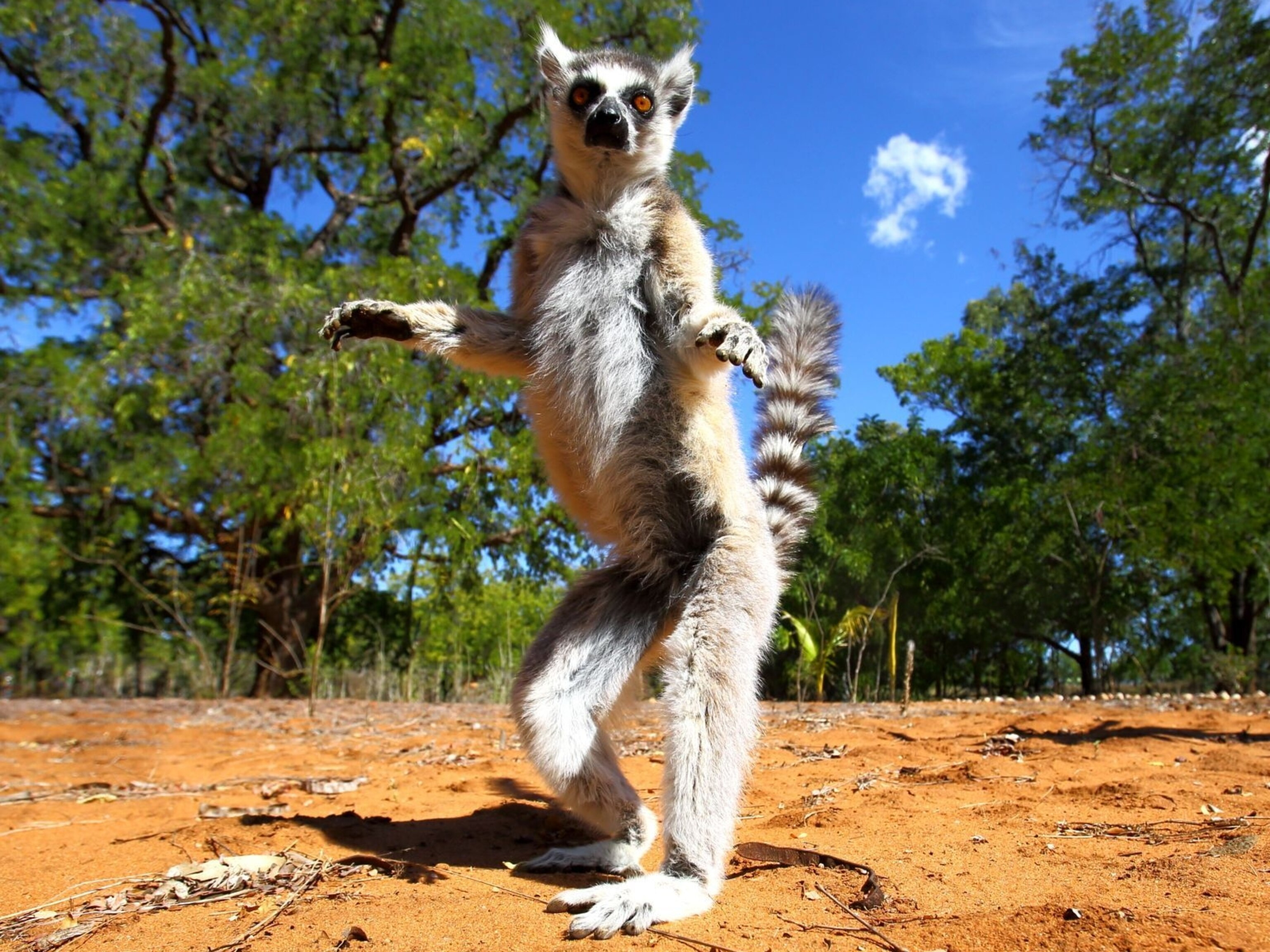In the lush rainforests of Madagascar, an island nation off the southeastern coast of Africa, reside the fascinating and enigmatic creatures known as lemurs. These charismatic primates hold a special place in the hearts of locals and scientists alike, captivating the world with their unique traits and behaviors. As the only place on Earth where lemurs are found, Madagascar is a haven for these captivating creatures, but their existence faces threats from habitat loss and the illegal pet trade.
A Madagascar Exclusive
Lemurs are a diverse group of primates, belonging to the superfamily Lemuroidea. They have inhabited Madagascar for millions of years, arriving long before humans set foot on the island. In fact, Madagascar is home to around 100 different species of lemurs, making it a biodiversity hotspot for these creatures.
Remarkable Adaptations
Lemurs showcase an array of adaptations that set them apart from other primates. They vary greatly in size, from the tiny mouse lemurs, weighing a mere 30 grams, to the larger indri lemurs, weighing up to 9 kilograms. Their appearance is equally diverse, with some species sporting vivid coats of red, black, and white, while others have striking patterns and distinctive facial markings.
One of the most remarkable features of lemurs is their incredible agility and acrobatic skills. Many species leap and bound through the treetops with ease, using their long, powerful hind limbs to navigate the dense forests. This arboreal lifestyle allows them to efficiently forage for fruits, leaves, flowers, and insects in the canopy.
Endemic Challenges
Despite their remarkable adaptations and intriguing behaviors, lemurs face significant challenges due to their exclusive presence on the island of Madagascar. One of the most pressing issues is habitat loss. Deforestation, driven by logging, agriculture, and charcoal production, has led to the destruction of large areas of their natural habitat. As a result, many lemur species are now classified as endangered or critically endangered.
The Pet Trade Predicament
Another concerning trend is the increasing culture of keeping lemurs as pets. In some parts of Madagascar, and even beyond its borders, lemurs have become a status symbol and a form of exotic entertainment. The illegal pet trade has led to the capture and removal of lemurs from their natural habitats, threatening wild populations and perpetuating the demand for these captivating animals as pets.
A Call for Conservation
In recent years, conservation efforts have been ramped up to protect lemurs and their habitats. Various local and international organizations have been working tirelessly to raise awareness about the plight of lemurs and the importance of preserving their natural environment. Conservation initiatives include reforestation projects, community-based conservation programs, and educational campaigns to discourage the keeping of lemurs as pets.
Fun Facts about Lemurs
-
Ancient Origins: Lemurs are considered living fossils as they represent one of the most primitive branches of the primate family tree.
-
Nocturnal Natives: While some lemurs are active during the day, others are strictly nocturnal, relying on their keen senses of smell and hearing to navigate the darkness.
-
Grooming Rituals: Lemurs engage in grooming behaviors, using their specialized grooming claws and teeth to maintain their social bonds and cleanliness.
-
Matriarchal Societies: Female lemurs often hold the power in their social groups, and they are the decision-makers when it comes to group dynamics and interactions.
-
Unique Alarm Calls: Lemurs use a variety of vocalizations, including alarm calls, to communicate with each other and alert the group of potential threats.
Preserving Madagascar's Treasures: A Call for Action
The enchanting island of Madagascar holds a treasure trove of unique biodiversity, with lemurs standing as its emblematic species. Their survival is crucial for maintaining the ecological balance of this remarkable ecosystem. Protecting lemurs not only ensures the continuation of a captivating species but also contributes to the conservation of the rich biodiversity found in Madagascar.
